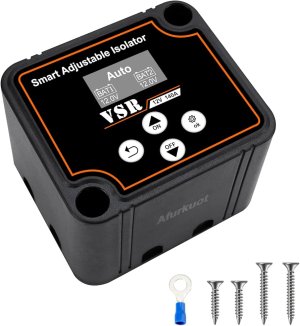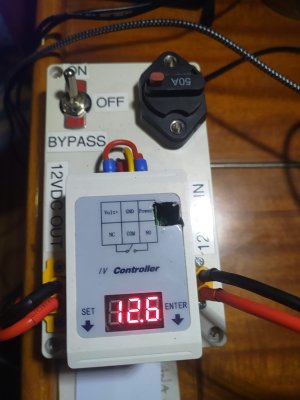PaulRainbow
Well-Known Member
Sorry, but this is incorrect for LifeP04.You are kidding ?? I have been using LiFe, LiPo, LiCd, many different Li versions for many years .. literally from the day they hit the hobby market.
Of course if you stay in the low discharge rate ranges 80% discharge will keep you within the minimum charge level ... but if you repeatedly discharge at high rates to that 80% ... you aint gonna have such nice long life ............
No battery whatever chemistry will keep tolerating high rates on the limits .... which others I hope take note off ...
I can discharge mine @ 140a at 24v, so 280a if it was 12v, down to 80% with a life of 8000 cycles


